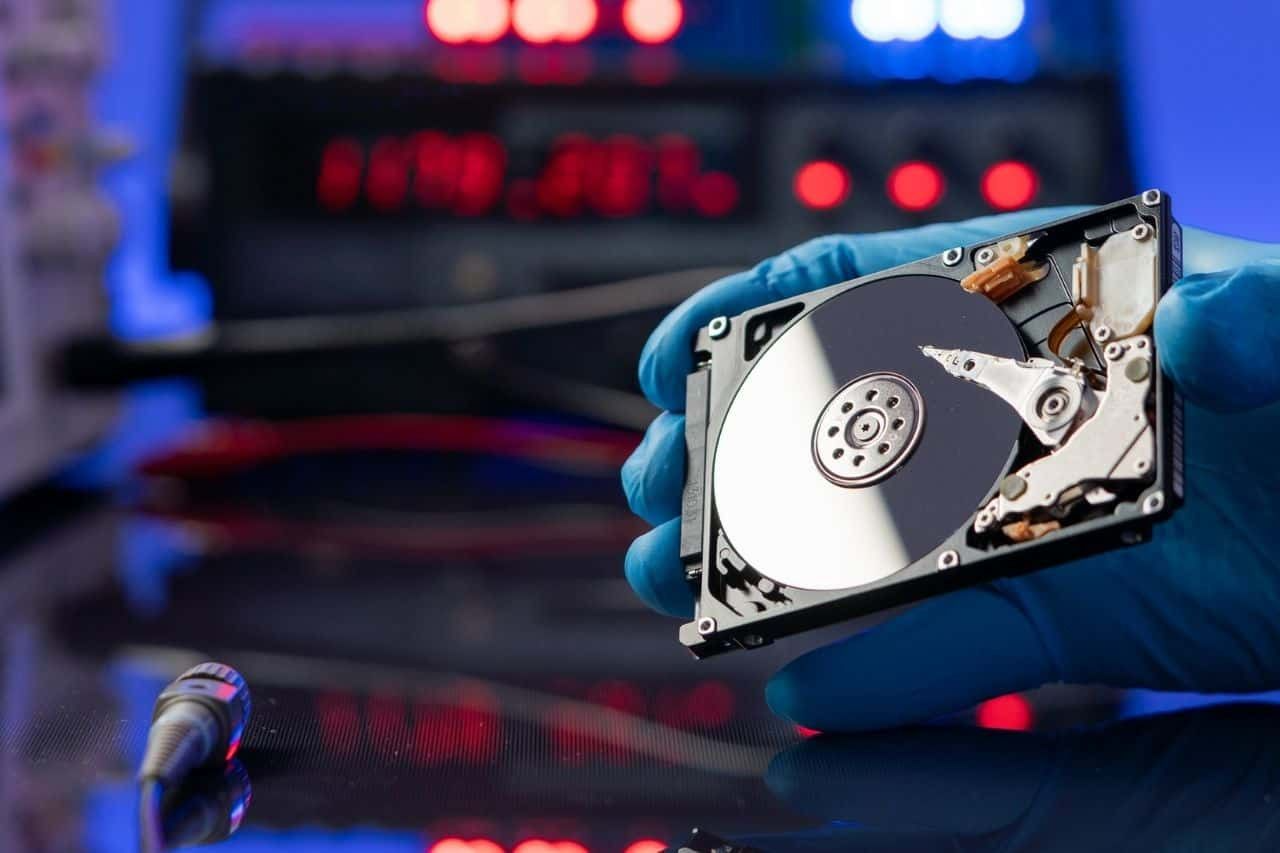
Introduction:
Ensuring your refrigerator runs efficiently is essential for preserving the freshness of your food and minimizing energy consumption. One often overlooked maintenance task is cleaning the refrigerator coils. In this comprehensive guide, we’ll walk you through the steps of DIY refrigerator coil cleaning to keep your appliance running smoothly.
Understanding the Importance of Clean Coils:
Refrigerator coils, located either on the back or underneath the appliance, play a crucial role in heat exchange. Over time, these coils can accumulate dust, dirt, and debris, hindering their ability to release heat efficiently. Cleaning the coils is vital to prevent the refrigerator from overworking, reduce energy consumption, and prolong the lifespan of the appliance.
Gathering Necessary Tools:
Before diving into the cleaning process, gather the necessary tools. You’ll typically need a vacuum cleaner with a brush attachment, a coil brush or a soft-bristle brush, and a damp cloth. Ensure the refrigerator is unplugged before starting to ensure safety during the cleaning process.
Locating and Accessing the Coils:
Refrigerators have either rear or bottom coils. Refer to your appliance’s manual to determine the location of the coils. Once identified, move the refrigerator away from the wall or access the coils from the front or rear panel. If there’s a protective cover, remove it to expose the coils for cleaning.
Removing Surface Debris:
Begin the cleaning process by using a coil brush or a soft-bristle brush to remove surface debris. Gently brush away dust, dirt, and pet hair from the coils. Take care not to damage the coils during this process. This initial step helps prepare the coils for more thorough cleaning.
Vacuuming the Coils:
With the surface debris cleared, use a vacuum cleaner with a brush attachment to further clean the coils. Run the brush over the coils to suck up any remaining dirt or particles. Pay attention to hard-to-reach areas and corners. Vacuuming ensures a more comprehensive cleaning, promoting optimal heat exchange.
Wiping Down with a Damp Cloth:
For a finishing touch, dampen a cloth with water and gently wipe down the coils. This helps remove any residual dirt and ensures a clean surface. Be careful not to saturate the coils; a damp cloth is sufficient for this step. Wiping down the coils adds a final polish to your cleaning efforts.
Checking and Cleaning the Drip Pan:
As part of the refrigerator maintenance routine, check and clean the drip pan located beneath the appliance. Over time, this pan can collect water and debris. Remove the pan, if accessible, and clean it thoroughly. A clean drip pan prevents unpleasant odors and keeps your refrigerator operating efficiently.
Plugging the Refrigerator Back In:
Once the coils and drip pan are clean, carefully move the refrigerator back into place. Plug it back in and ensure it’s properly connected to the power source. Allow the refrigerator to cool down before returning food items to ensure optimal performance.
Routine Maintenance Schedule:
Incorporating refrigerator coil cleaning into your routine maintenance schedule is essential for long-term efficiency. Aim to clean the coils at least twice a year, or more frequently if you have pets that shed, to prevent excessive buildup and maintain optimal performance.
Clean Refrigerator Coils on Your Own:
Take charge of your refrigerator’s efficiency by cleaning the coils on your own. This simple yet effective DIY maintenance task can save you money on energy bills and extend the life of your appliance. Embrace the routine and enjoy a well-functioning refrigerator.
Conclusion:
Maintaining clean refrigerator coils is a straightforward yet impactful DIY task that contributes to the efficiency of your appliance. By understanding the importance of clean coils, gathering the necessary tools, and following a systematic cleaning process, you can ensure your refrigerator operates at its best. Incorporate this task into your regular maintenance routine for a more energy-efficient and long-lasting appliance.







